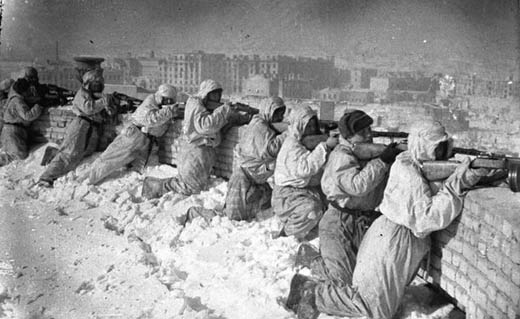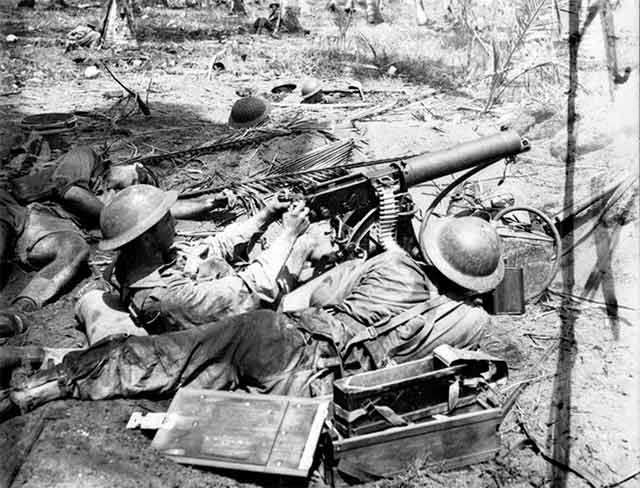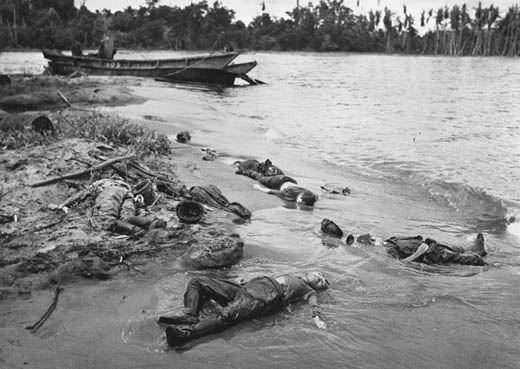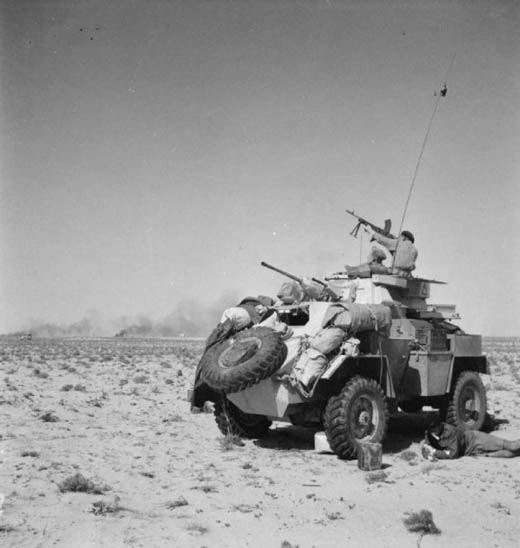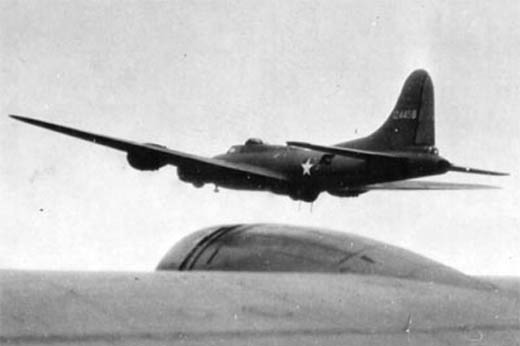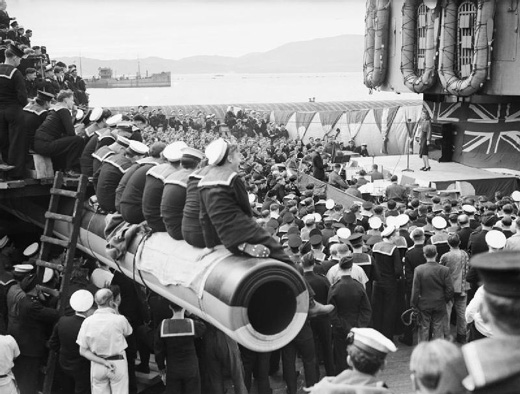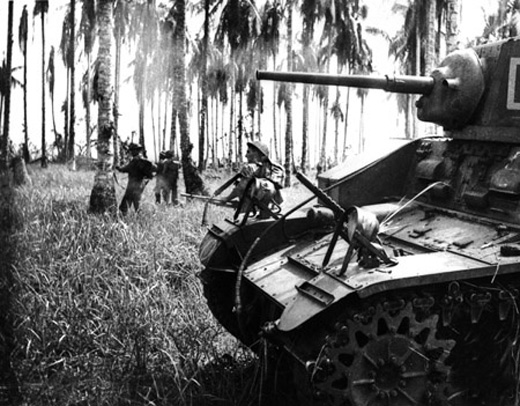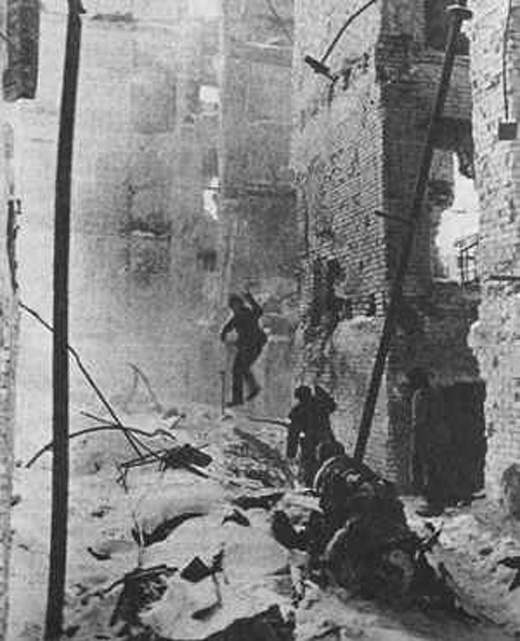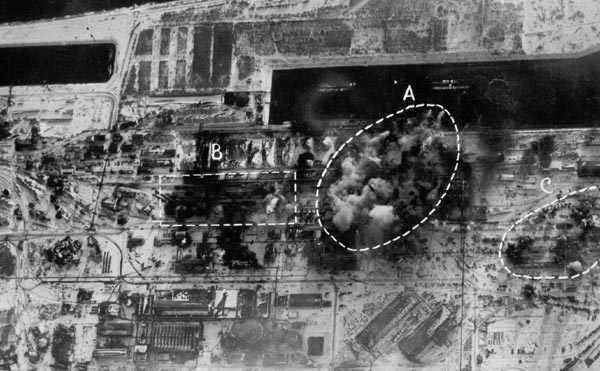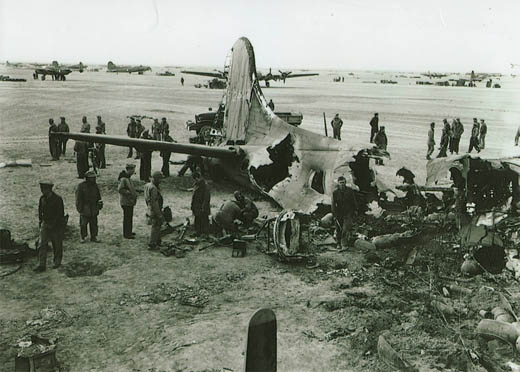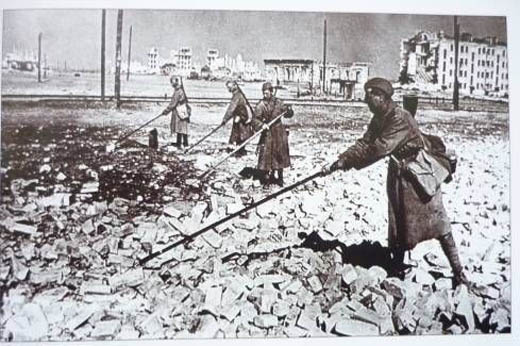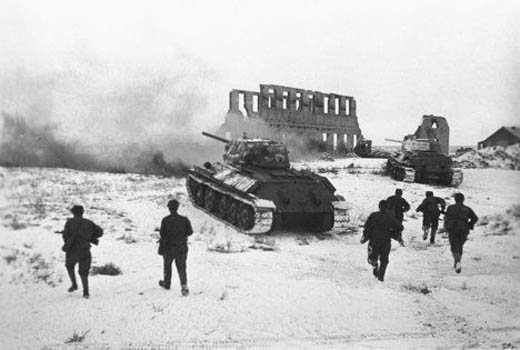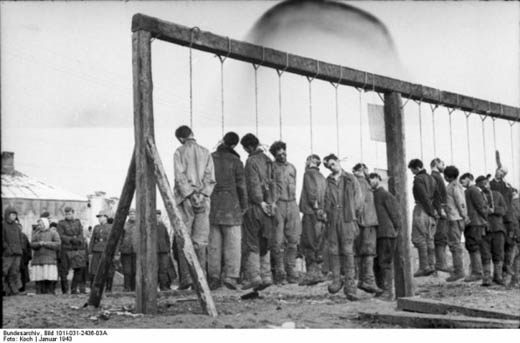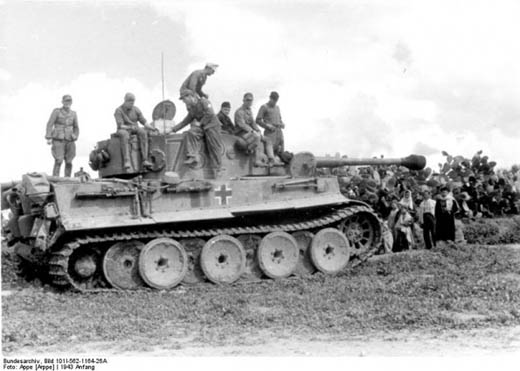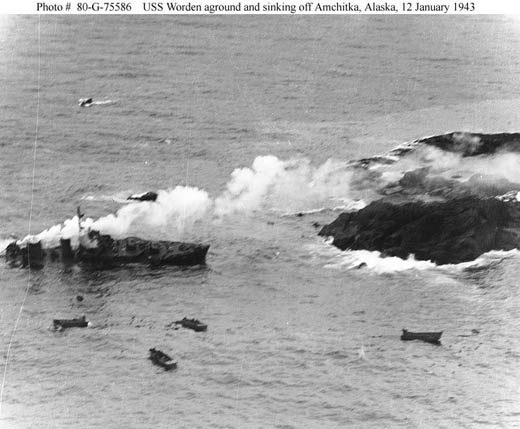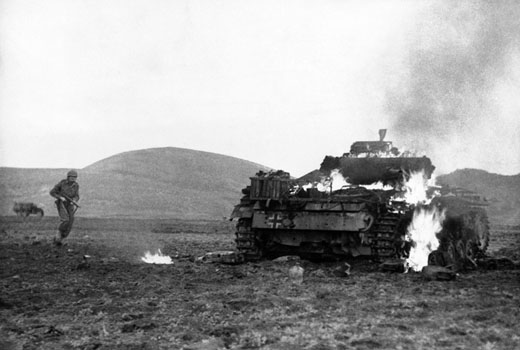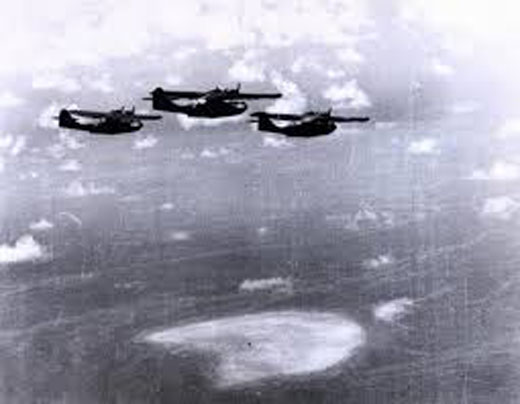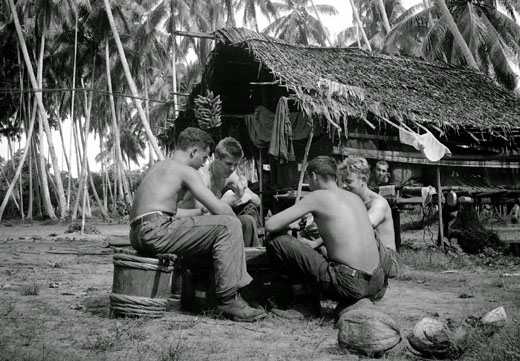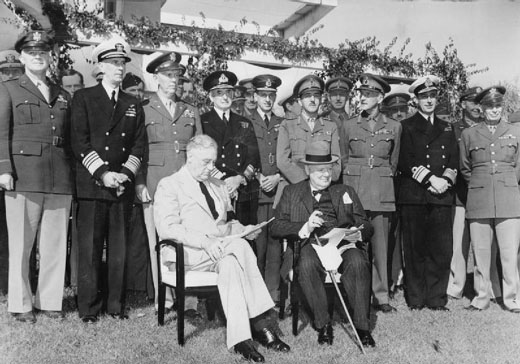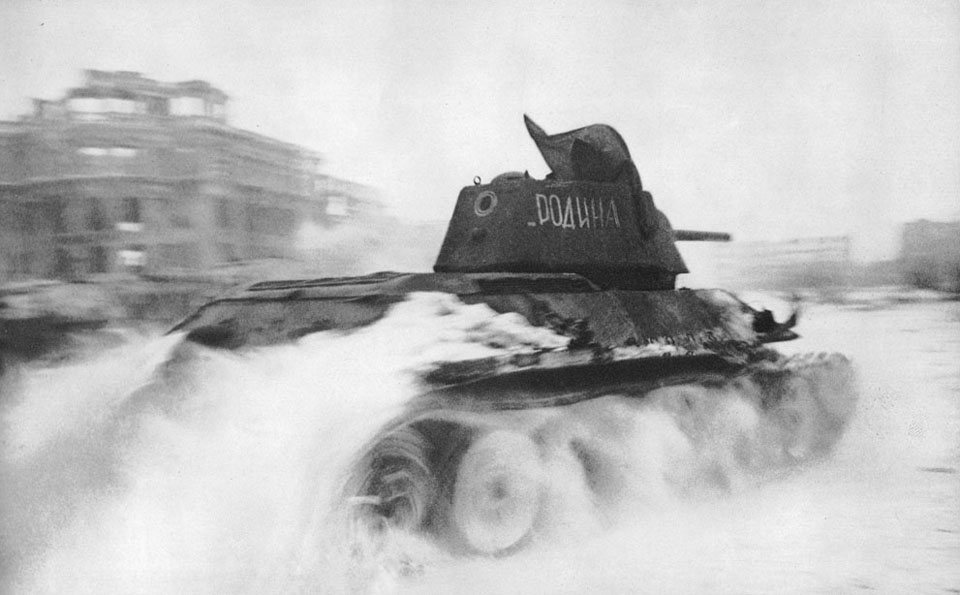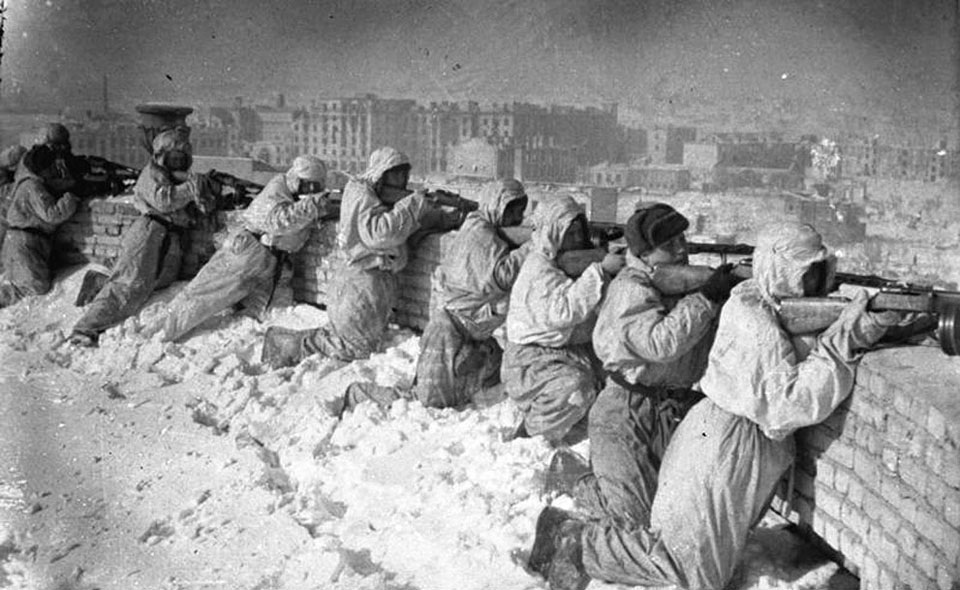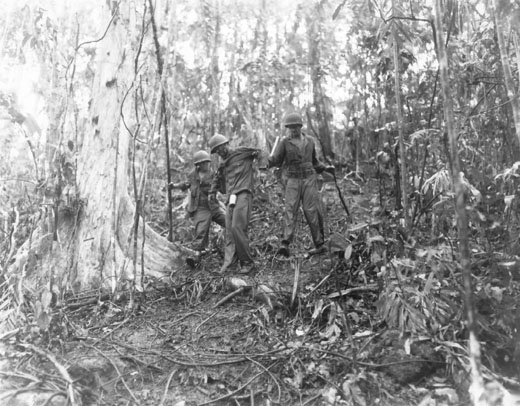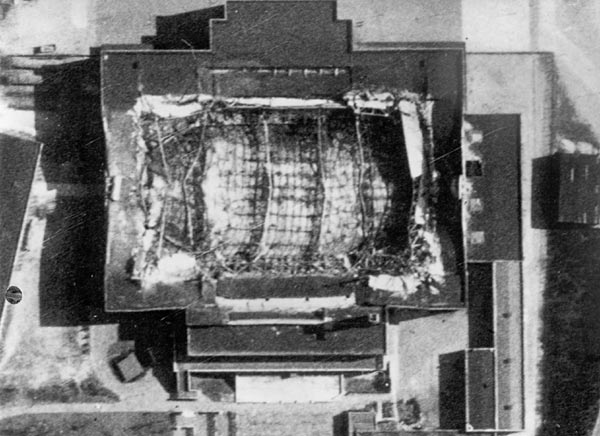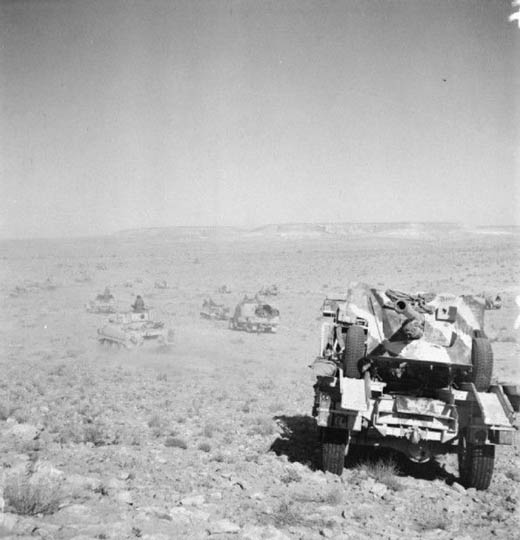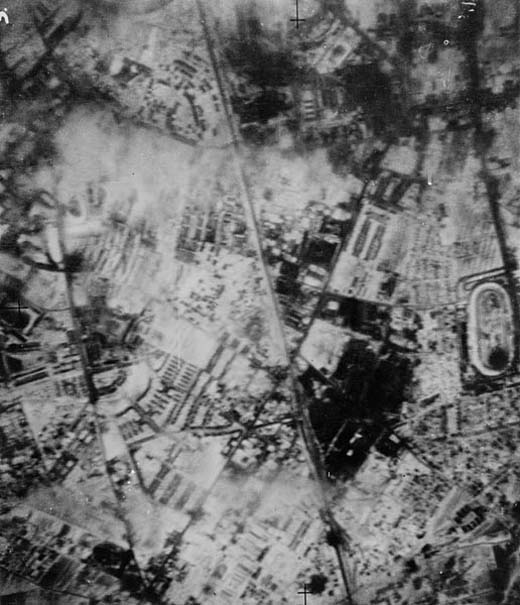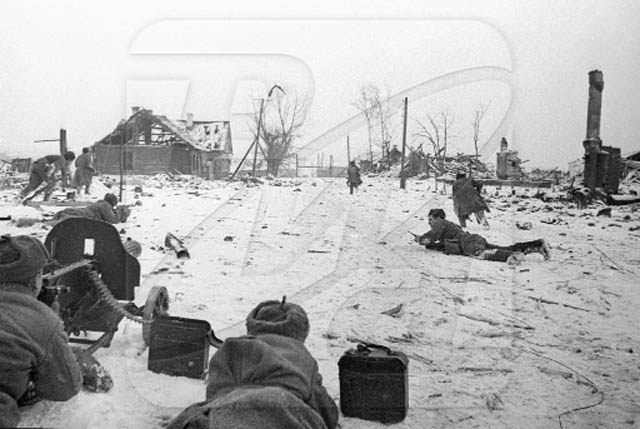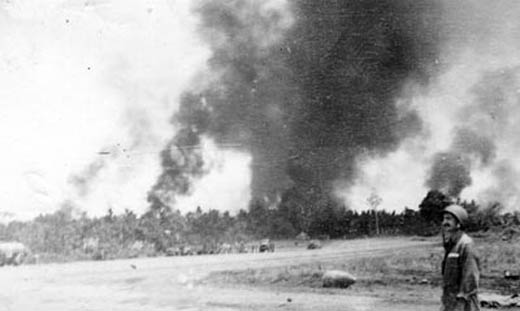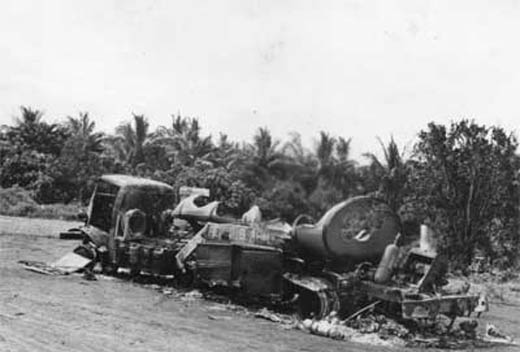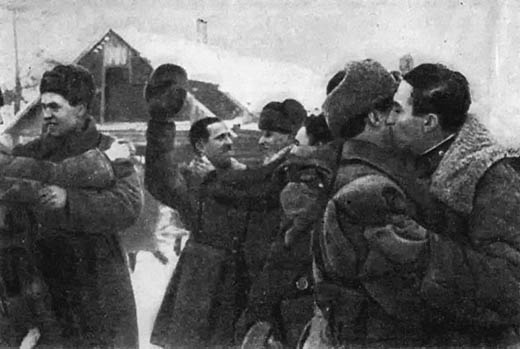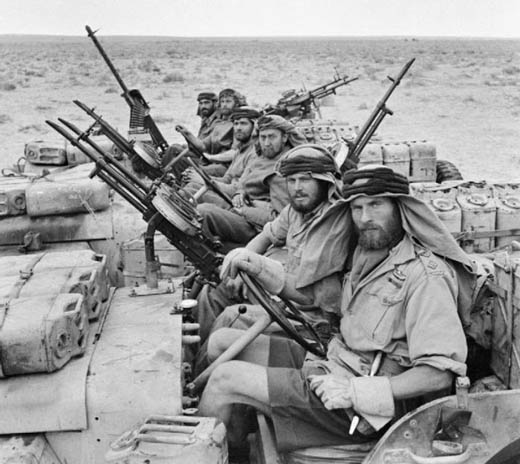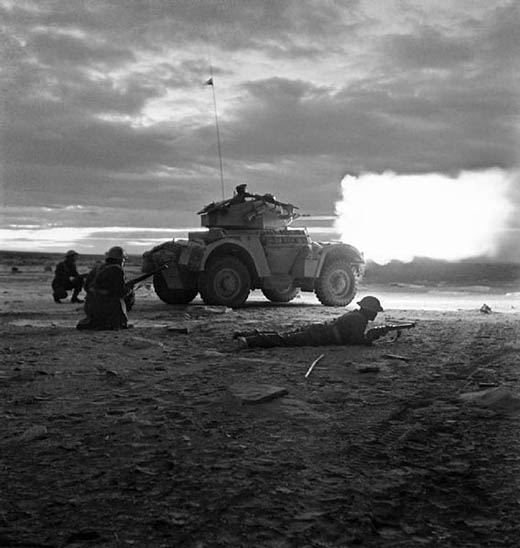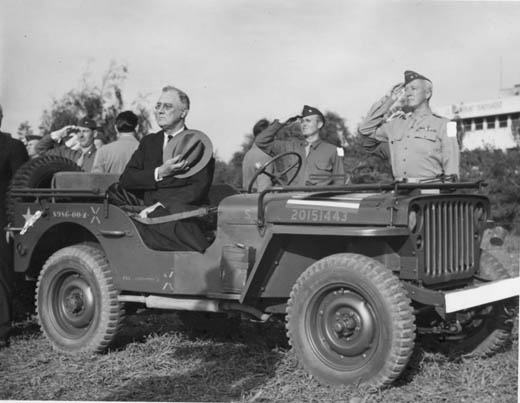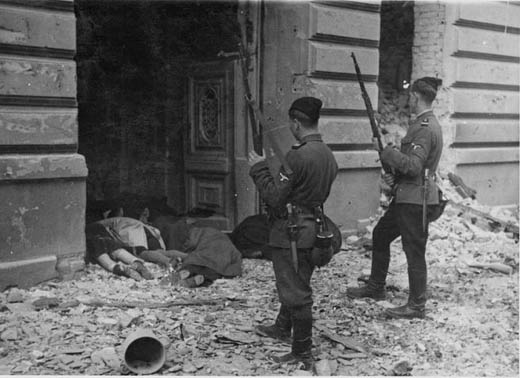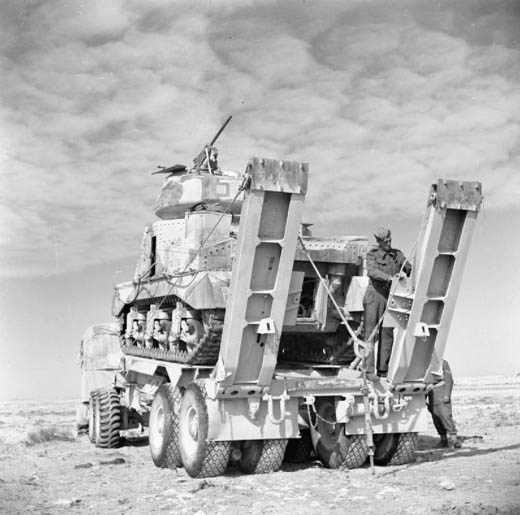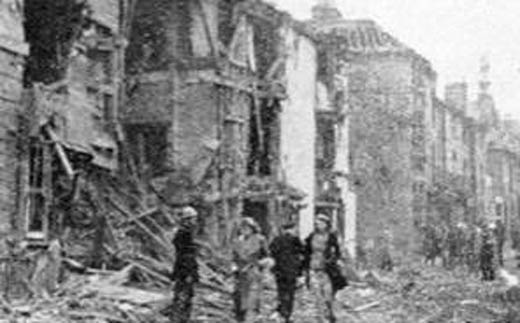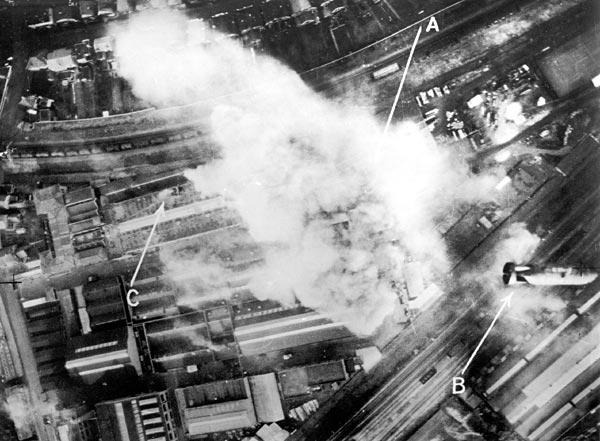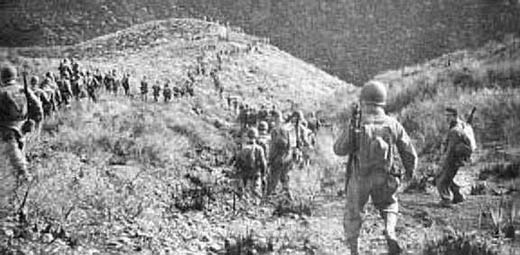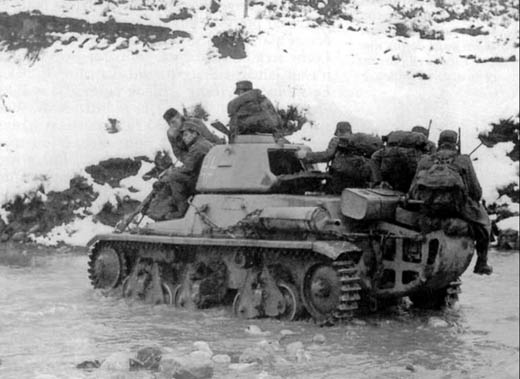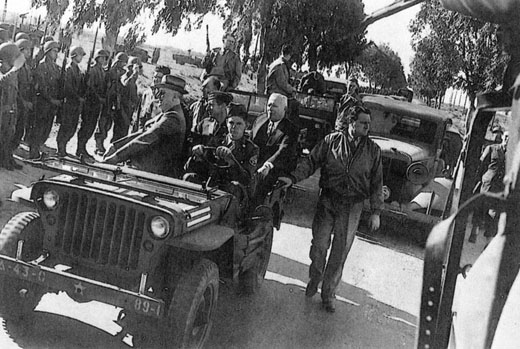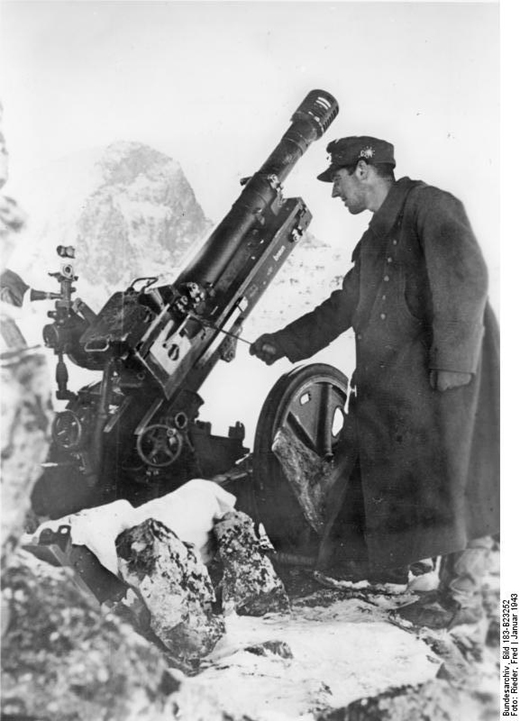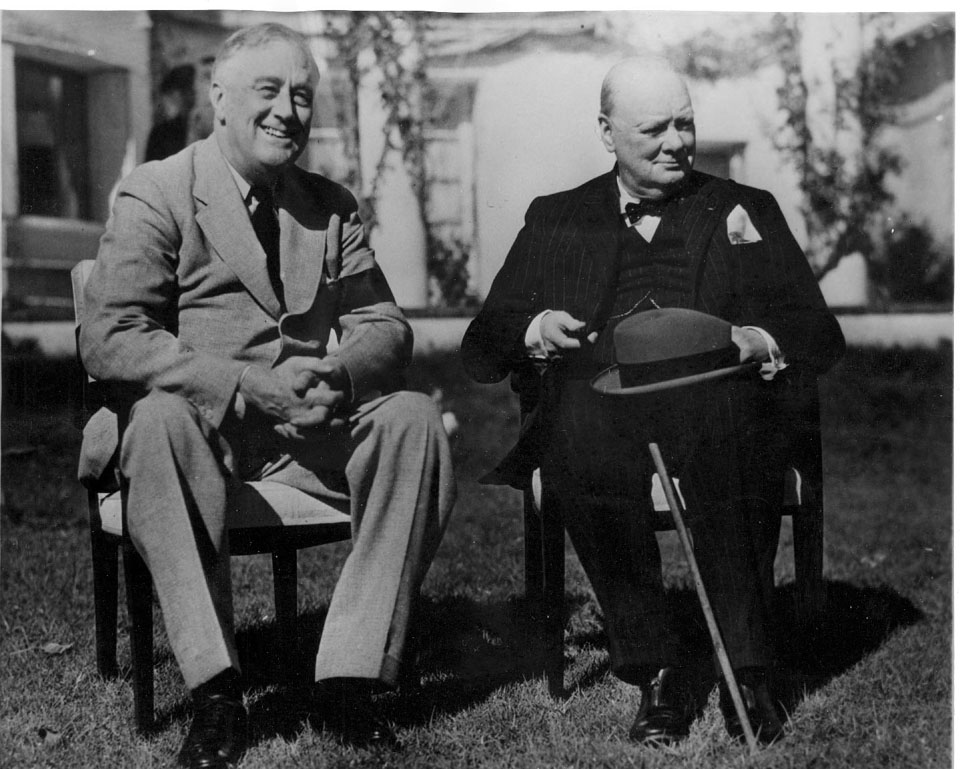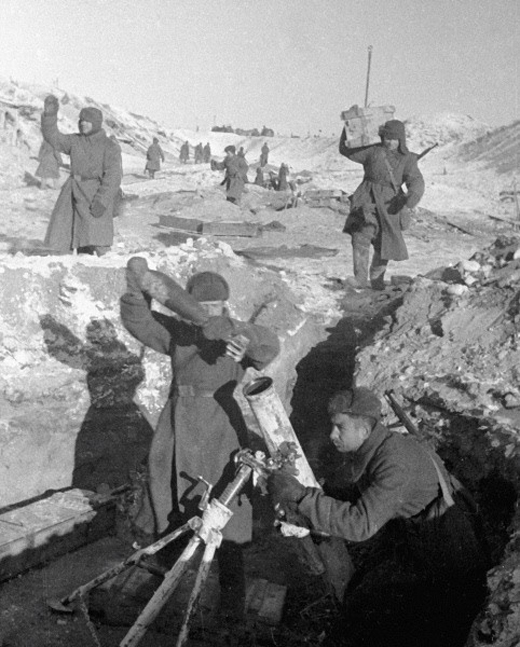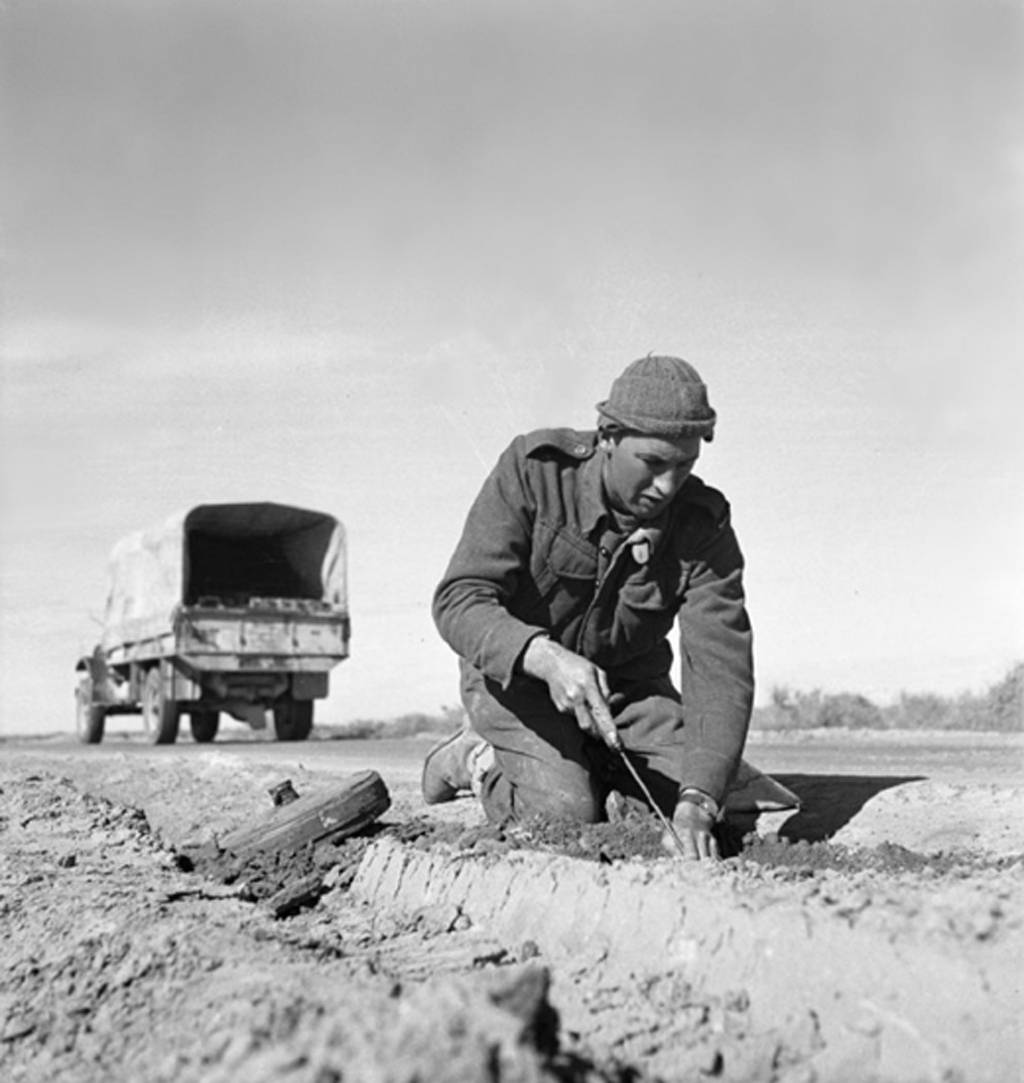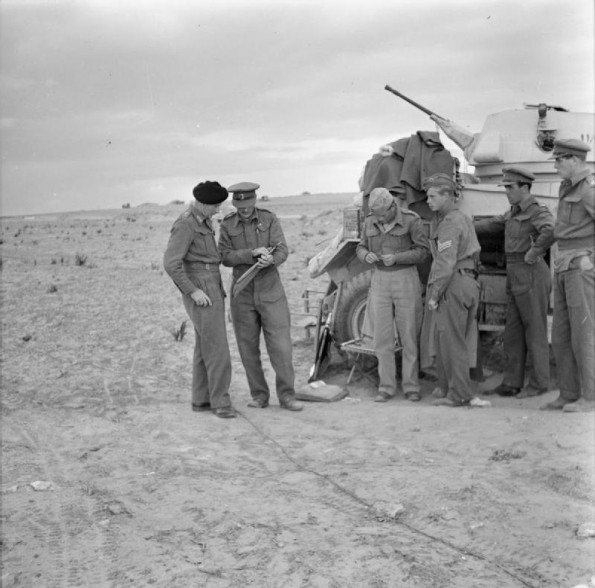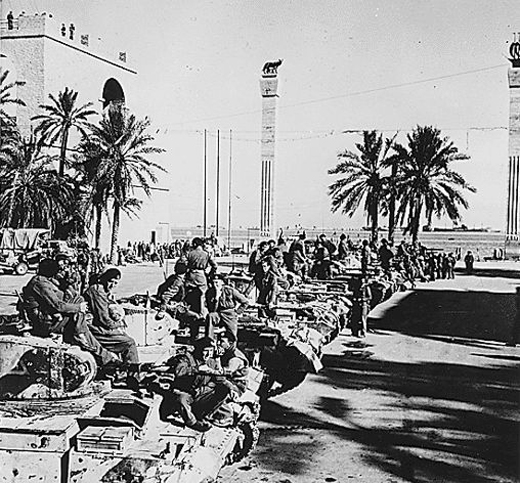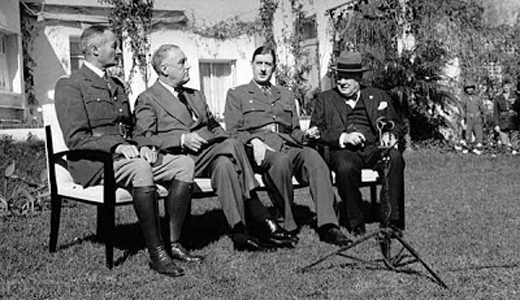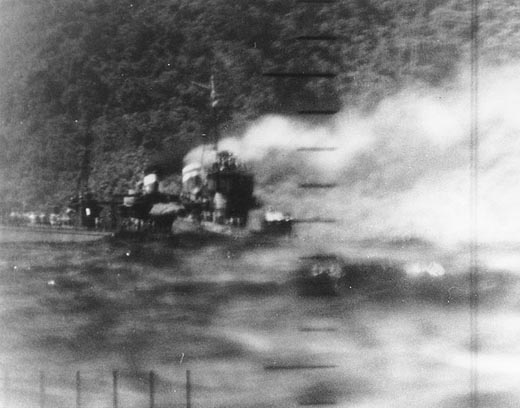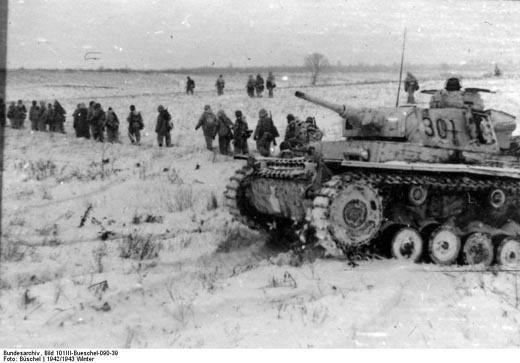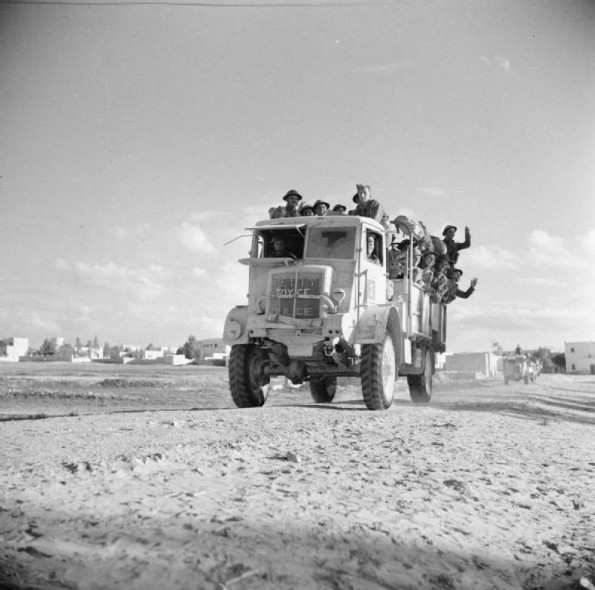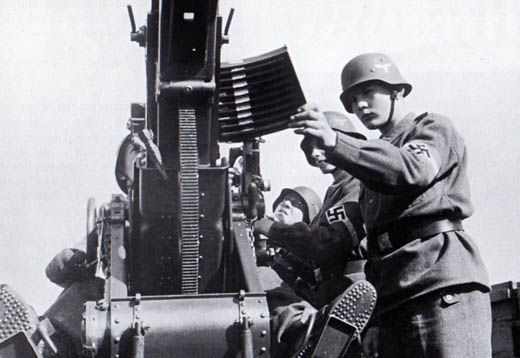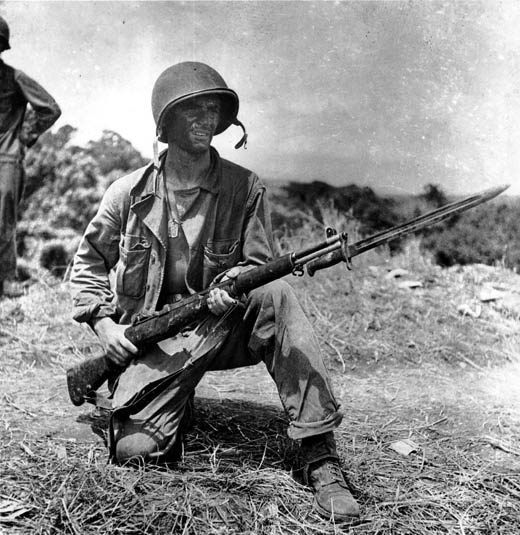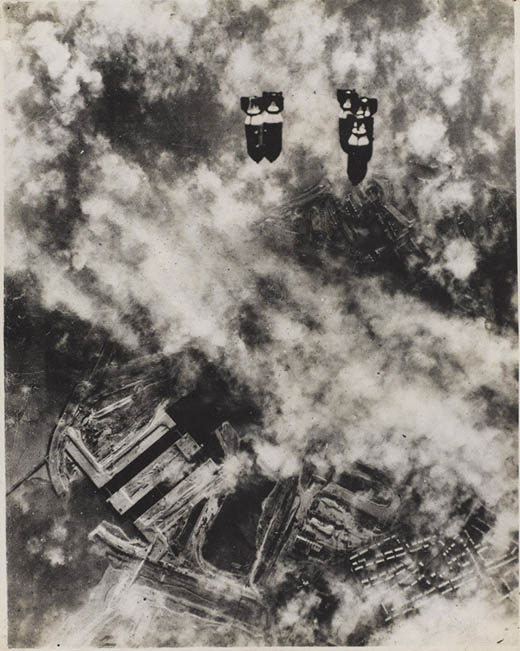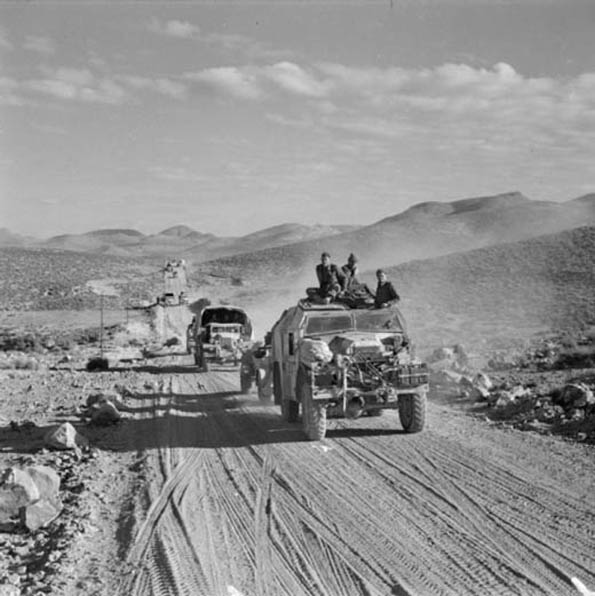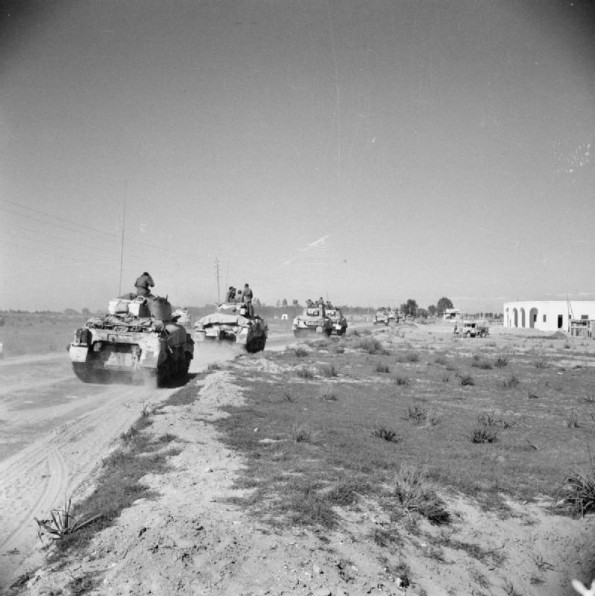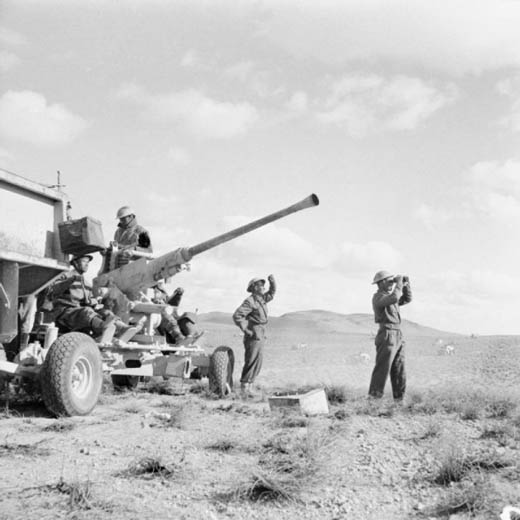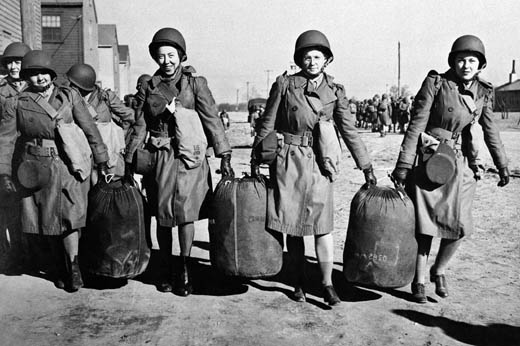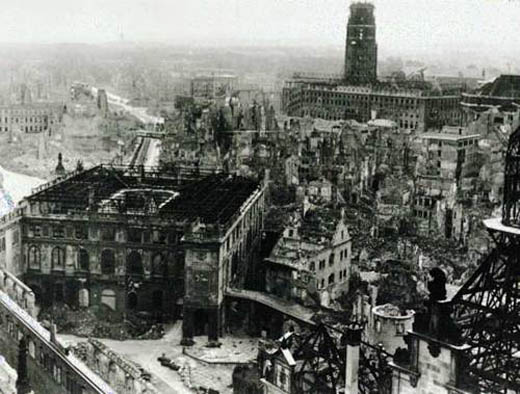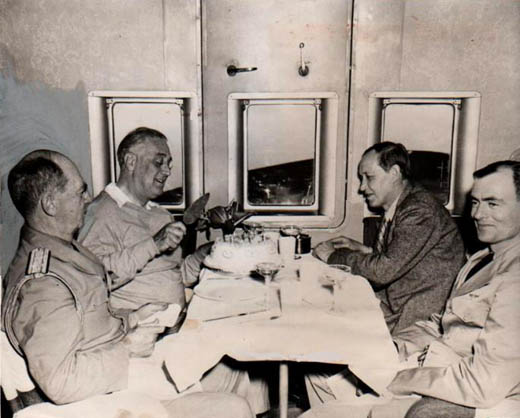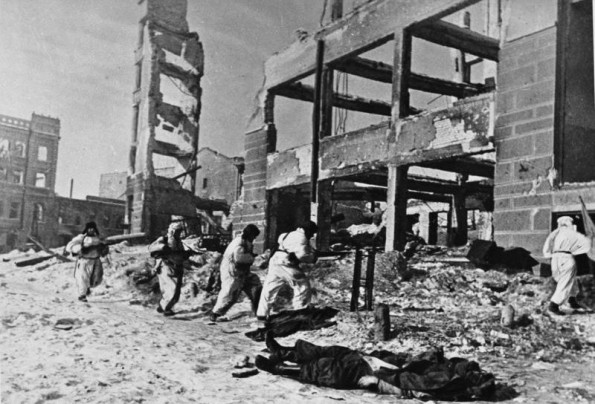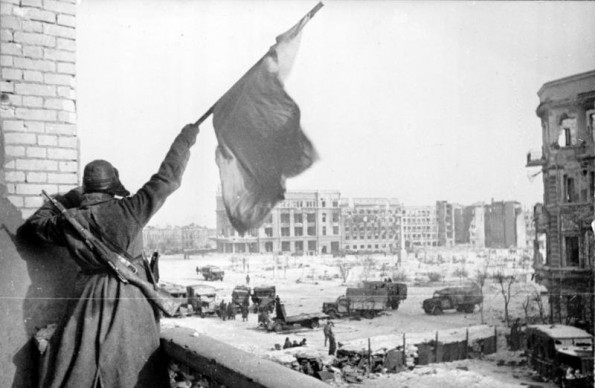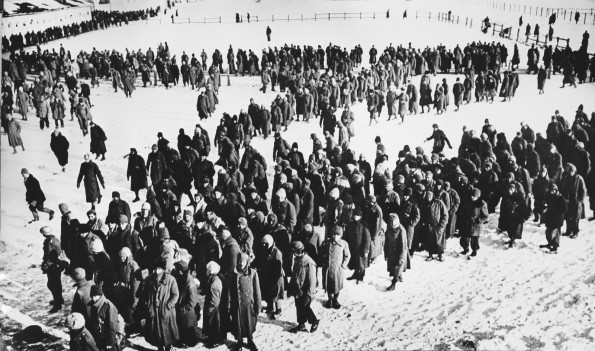Air Operations, Bismarcks
43rd Heavy Bomb Group B-17s and 90th Heavy Bomb Group B-24s attack shipping at Rabaul and airfields at Gasmata and Rabaul.
[Air Operations, CBI
BURMA6 11th Medium Bomb Squadron B-25s attack the rail line and airfield at Myitnge and a 23rd Fighter Group P-40 downs a Japanese Ki-45 'Nick' fighter near Bhamo.
[Air Operations, Mediterranean
During the night US bombers raid 3 airfields on Crete.
[Air Operations, Sicily
Several IX Bomber Command B-24s attack unspecified targets along the southeastern and southwestern coasts.
[Air Operations, Tunisia
- XII Bomber Command B-17s and IX Bomber Command B-24s attack the harbor at Tunis in separate missions.
- XII Bomber Command B-26s attack the Tunis marshalling yards.
- 4 1st Fighter Group P-38 pilots down 3 Ju-52 transports near Cape El Fortress at 1515 hours.
Atlantic
The German blockade runner Rhakotis is sunk by the HMS Scylla off Cape Finisterre. Hitler orders all big warships to be laid up.
[Eastern Front
6 Russian armies keep up their pressure on the German forces surrounded at Stalingrad. The area defended by the Germans is reduce to approximately 25 by 40 miles. The efforts of the Luftwaffe to bring in supplies and to evacuate the more seriously wounded cost them an ever increasing number of aircraft. In order to escape the threat of encirclement themselves, the Hoth armored group, reinforced by troops recalled from France, retreats to 120 miles southwest of Stalingrad.
During the first part of January, the Luftwaffe never delivered more than 120 tons daily, less than a third of the Germans' minimum requirements.
In the central sector after vicious street fighting the Soviets capture Velikiye Luki, an important railway junction north of Vitebsk. Acting on Hitler's orders, the German commander, Maj-Gen Theodor Scherer, orders his troops to resist to the death. The town has been under German occupation since August 1941 and is strategically important in supplying forces involved in trying to take the Russian capital. The Russians, fighting for every house and street, annihilate the Germans. Other important positions taken include Elista and Chikola.
CENTRAL SECTORThe 3rd Shock Army demands the surrender of the much-reduced garrison of Velikiye Luki but is refused. Only the citadel still remains in German hands, the remainder of the town having been overwhelmed.
SOUTHERN SECTORAt Stalingrad the Stalingrad Front (Yeremenko) is moved to the outer ring, leaving the Don Front (Rokossovsky) to surround the pocket.
THE RED ARMYWith the reduction of Paulus' 6th Army imminent, the Stavka reorganize its southern commands. Yeremenko's Stalingrad Front is renamed the South Front and is deployed along the outer ring. Rokossovsky's Don Front now takes complete responsibility for the pocket, taking the 62nd, 64th and 57th Armies under its command. In Stavka reserve a new 1st Tank Army is raised while the 2nd Tank Army is created around the core of the 3rd Reserve Army.
[Guadalcanal
From Hill 11, the 2nd Battalion, 132nd Infantry, marches slowly south and west over precipitous terrain to the southeast slope of Hill 27, arriving too late in the day to open the assault as planned. The 27th Regimental Combat Team, 25th Division, arrives on the island.
The Japanese High Command decides to evacuate Guadalcanal. The convoy carrying the main body of the 28th Division, commanded by Gen Tadayoshi Sano, has been almost totally destroyed. Out of 11 transports, 6 have been sunk, 1 seriously damaged and 4 have had to be grounded in shallow waters off the coast to avoid sinking. The decision means losing the Solomons, and with them the master of the northeast approaches to Australian and New Zealand. But such huge sacrifices can no longer be borne. Since August 7th, the day the Marines landed, the Japanese have lost 65 naval vessels and over 800 aircraft, in addition to the human losses. Emperor Hirohito approves the decision. The evacuation is to be carried out gradually, and the task is entrusted to the destroyers of the 'Tokyo Night Express' under the brilliant Rear-Adm Raizo Tanaka.
Meanwhile, Gen Alexander A. Vandegrift's Marines on the island have been almost completely replaced by fresh forces - the 2nd Marine Division, the Americal Division and the 25th Infantry Division of the Army forming the XIV Corps under the command of Gen Alexander Patch. In readiness for the final offensive activity is concentrated on the Gifu strongpoint, on Mount Austen, still obstinately defended by 500 Japanese.
[Mediterranean
- The British submarine P-311, en route to Maddalena, Sardinia, is lost probably on a mine in the Strait of Bonifacio with the loss of her entire crew of 65.
- U-73 torpedoes and sinks the US freighter Arthur Middleton (7176t) off Oran, Algeria. Of the 81 men on board, the only survivors are 3 of the 27 Armed Guard detachment.
New Guniea
Heavy attacks against Japanese positions at Buna continue. After a heavy artillery preparation, Urbana Force attacks Buna Mission, but makes little progress. Seeing the situation as hopeless, some of the garrison are seen leaving the Mission by swimming. Company B, 127th Infantry, moves eastward toward Giropa Point to assist Warren Force, which encircles the enemy between Giropa Point and Old Strip. On the left, the Australian 2/12th Battalion, supported by 6 tanks, drives to the coast at Giropa Point and turns southeast, clearing the coastal strip to Simemi Creek. The 1st Battalion, 128th Infantry, mops up bypassed pockets. On the right, the 3rd Battalion, 128th Infantry, and the Australian 2/10th Battalion make slow progress in a 2-pronged attack to clear the enemy entrenched in dispersal bays off the northwest end of the Strip.
[North Africa
Gen Eisenhower places Gen Lloyd Fredendall in command of the US II Corps, which is planning for Operation SATIN, the capture of Sfax, Tunisia to prevent the junction of the Axis armies. Units involved in the operation will be the 1st Armored Division and the 26th Regimental Combat Team of the 1st Infantry Division. AFHQ takes responsibility for communication lines from Bône to Constantine, relieving the British 1st Army.
[United States, Home Front
A law limiting all Americans to a maximum annual salary of $25,000 goes into effect. It will be repealed before the end of the year as well-intentioned by impractical method of fighting inflation.
[